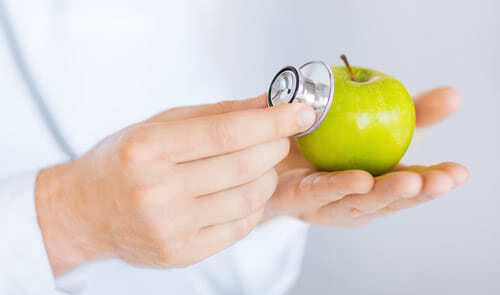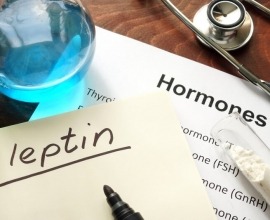Cholesterol in Focus
Cholesterol is one of the most talked about types of fats today and is often highlighted as a dangerous thing that contributes to serious blood and heart conditions. Whilst this can be true, not enough general knowledge is kept about the properties, functions and types of cholesterol that circulate our bodies. In this article we pin down some of the most important facts about cholesterol in an effort to make it clearer and simpler for all readers that are concerned with fat and blood issues.

There are Two Cholesterol Types
Cholesterol comes in two forms that are judged separately on their effects in our bodies. There is High Density cholesterol (HDL), the good type, and Low Density cholesterol (LDL), the bad type. HDL Cholesterol is naturally produced by the liver and it helps to transport cells around the body, also bringing excess cholesterol back to the liver to be removed. Generally a high level of HDL cells is associated with a healthy heart and low risk of blood problems. LDL is also naturally found in the body, however if it is at dangerous levels the chances are high that it has come from outside the body. LDL is responsible for build ups in the arteries that lead to serious blood issues.
The Main Threat is Atheroma Build Up
LDL cholesterol builds up over time in the arteries and narrows the flow of blood to certain parts of the body. Over time this worsens as the build-up hardens, severely restricting blood flow and causing increased risk of blood clot and later on, heart attack. This should normally be balanced out by HDL cholesterol that helps to move such cells on to be removed naturally.

Cholesterol Problems are Increased in Obesity
The obese suffer the worst cholesterol problems due to the common factor of their diets. Obesity is caused by excess fat cells and this often comes with the excessive intake of cholesterol rich foods. Obesity is often linked to cardiovascular issues due to the high levels of cholesterol it encourages, and it is one of the main reasons that people seek procedures to clinically reduce fat today. Obesity is treated by surgeries like liposuction and gastric balloon, and this can help to increase circulation significantly. However in a situation where cholesterol takes hold at dangerous levels the best option is to consult ones diet.
Diet and Conclusion
Cholesterol is in conclusion a two sided thing. It must be maintained naturally by the body in order to be healthy and we can even promote good levels of HDL cholesterol by monitoring our diets. Reducing the intake of meat and dairy, especially when either of these are fried, can keep an eye on the levels of cholesterol that enter our body, Likewise eating foods such as Oats, Fruit and Nuts can promote HDL production through fibre absorption. On the whole it is general knowledge and lifestyle changes that keep us up to date with cholesterol and always making sure that it is under control.
Sources:
http://circ.ahajournals.org/content/44/5/842.full.pdf
http://www.laparoscopic.md/health/cholesterol














